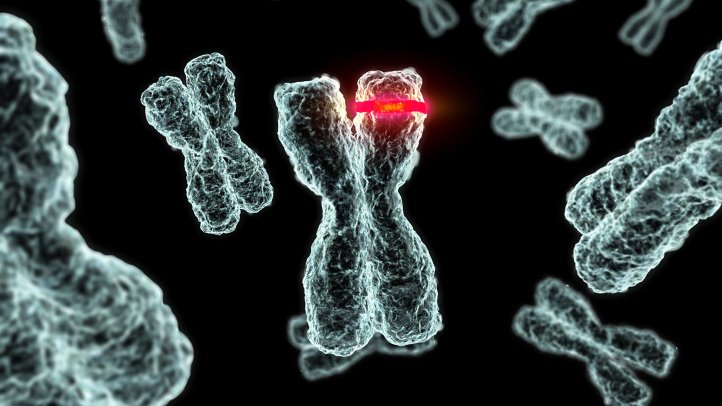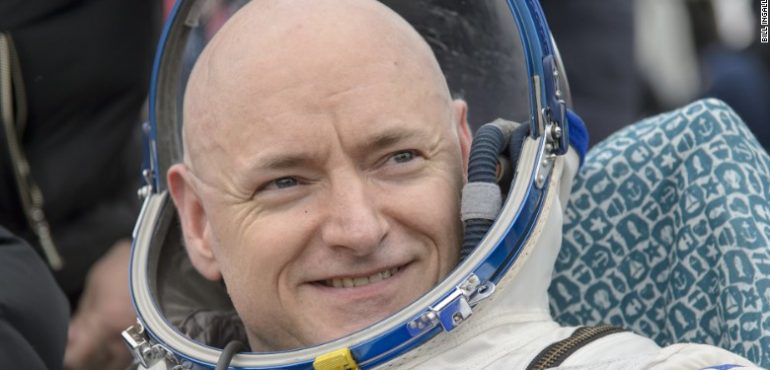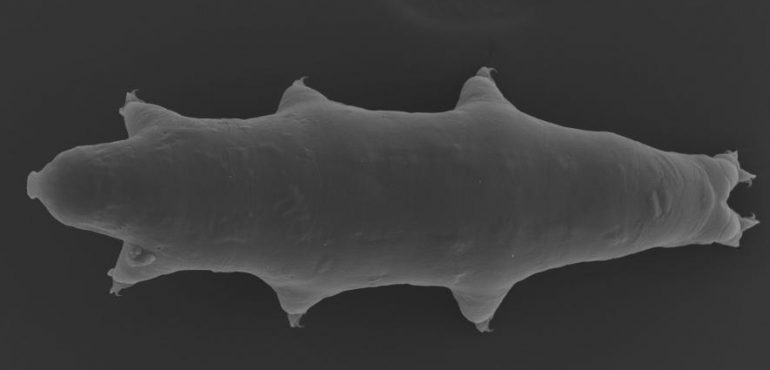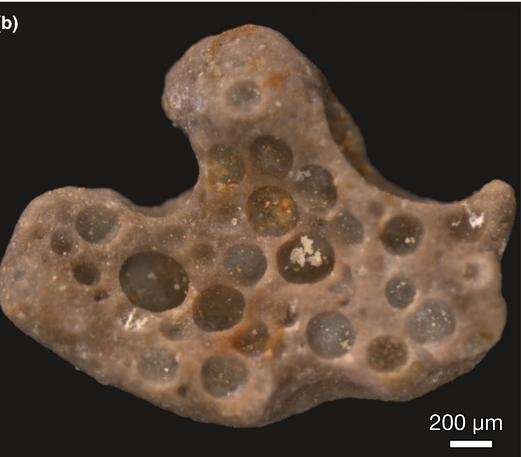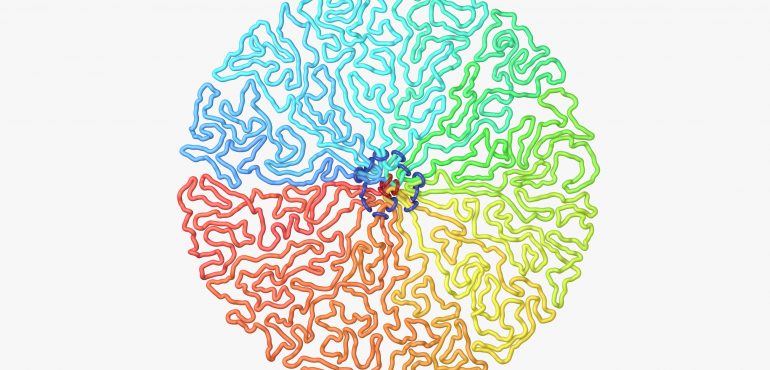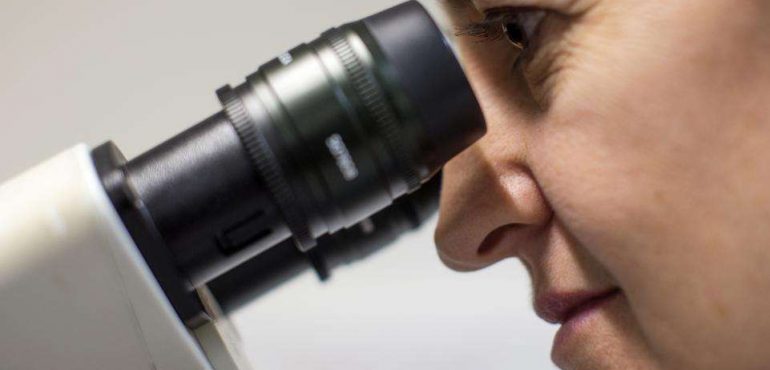On a dewy summer morning, Karla Rivera-Cáceres, an ornithology researcher at the University of Miami, crouched in her usual workspace –– the tall grasses of Costa Rica’s woodland –– and heard something unusual. Rivera-Cáceres studies bird song, and that day she was listening to the canebrake wren, a brown bird whose bland appearance (it was…
Read more
A lesson from mating birds: The song gets sweeter over time, a Miami scientist finds



